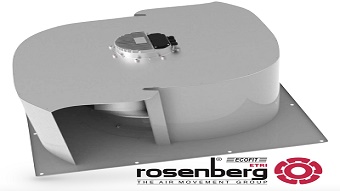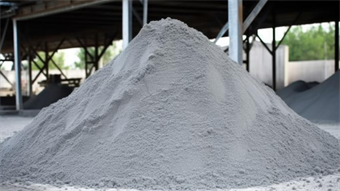Study: Air-cooling pipeline embankment design promises to prevent permafrost thaw disasters for buried warm-oil pipelines
Marie Donlon | May 04, 2024To address the challenges often faced by underground pipelines crossing permafrost regions — such as frost heave, thaw settlement, and other permafrost disasters — researchers from the Northwest Institute of Eco-Environment and Resources of the Chinese Academy of Sciences have developed a T-shaped crushed-rock pipeline embankment (ITCPE) design that relies on the inherent heat of the pipe to encourage convection, so that heat can be more efficiently dissipated from the pipeline and cool the permafrost.
Looking specifically at the operation of the China-Russia Crude Oil Pipeline (CRCOP) with an oil temperature that has been steadily increasing over time, the researchers sought out the effective mitigation of thaw settlement disasters caused by high oil temperature to potentially ensure the stable operation of the CRCOP.

As such, the team performed long-term numerical predictions to evaluate the thermal impacts of the ITCPE, unprotected pipeline embankment (UPE) and traditional horizontal crushed-rock pipeline embankment (THCPE) structures amid pipeline operation.
According to the team’s findings: the UPE and the THCPE reportedly failed to sufficiently address thaw settlement while the ITCPE structure successfully mitigated thaw settlement, which maintains the artificial permafrost table underneath the pipeline embankment over 50 years of operation.
The team’s findings are detailed in the article, “Thaw bulb formation surrounding warm-oil pipelines and evaluation of the cooling performance of a new air convection pipeline embankment structure,” which appears in the journal Energy.




